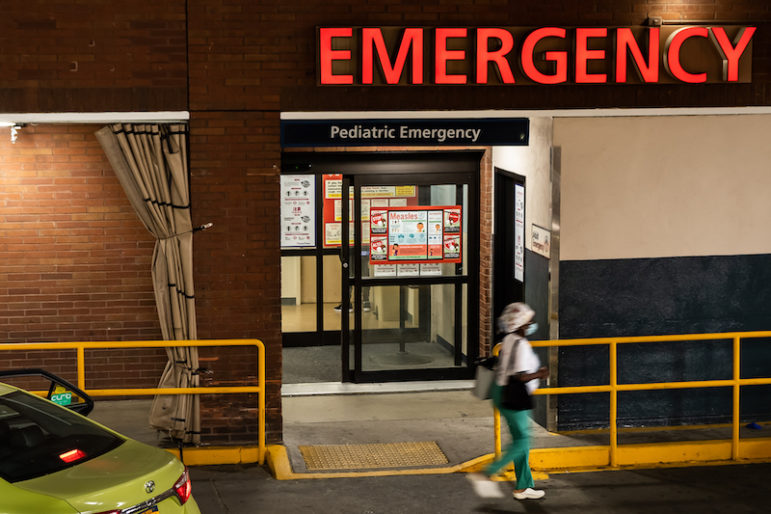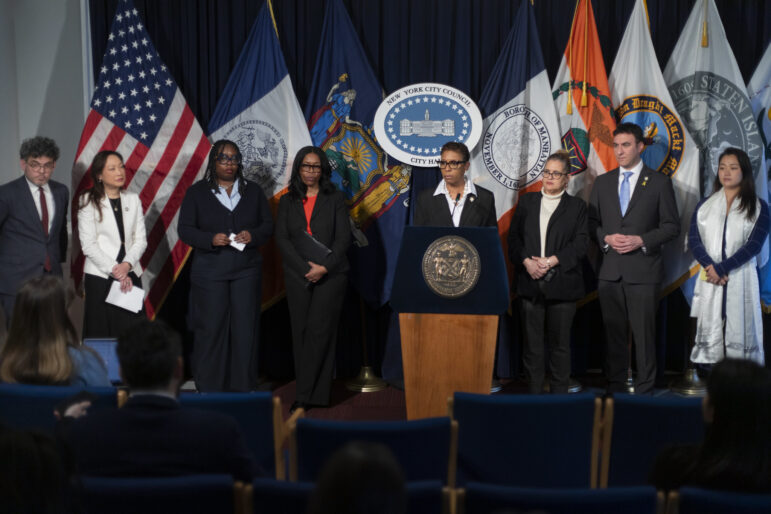A reflecting pool that flows around the buildings of downtown Manhattan. Model Twin Towers filled with 2,830 crystal balls, one for each person killed on September 11.
These visions may not be found in the Lower Manhattan Development Corporation’s final plans for the redevelopment of the 16 acres south of Houston Street-due out by the end of the year-but they are serious proposals coming from city residents who worked in, lived near or just admired the World Trade Center from afar every day and are desperate to have a say on how its old home shapes up.
For a month this spring, more than 2,000 New Yorkers put their ideas to paper as part of Imagine New York. Sponsored by the Municipal Art Society, the series of 170 workshops-held in schools, libraries, museums, churches and other venues throughout city-was meant to gather ideas from everyone affected by the tragedy, says Eva Hanhardt, the project’s director. Besides, she adds, “Good ideas come from many places.”
And the workshop-goers were not short of ideas: a seven-story “fountain of tears,” a world peace center for research on conflict resolution, twin office towers standing 2000 feet tall (647 feet higher than the originals) and a Fire Department think tank to better prepare the emergency workers for catastrophe.
The planners, both novice and professional, spent hours brainstorming and sketching, debating and, on occasion, rolling their eyes at one another.
Now the workshop coordinators face their biggest challenges: Compiling these thousands of drawings and essays into one cohesive document, and then getting the decision-makers-the Port Authority, the Lower Manhattan Development Corporation, the governor and the mayor-to pay attention to them. As of late April, those leaders in redevelopment had yet to decide among themselves which aspects of redevelopment each agency will control.
“This is really unprecedented, and everybody feels they have a personal stake in it,” says Robin Schatell, an artist who’s proposing a theater for small, New York-based performance and visual arts groups. “But are they going to listen to the little people? I don’t think so.”
Hanhardt says her visionaries should not be so skeptical. The Municipal Art Society plans to submit a summary of the workshops’ themes and ideas by the end of June, and to post them on its web site at www.imagineny.org. “The decision-makers are saying they’re very interested in our findings,” she says, “and we’re going to hold them to their word.”








